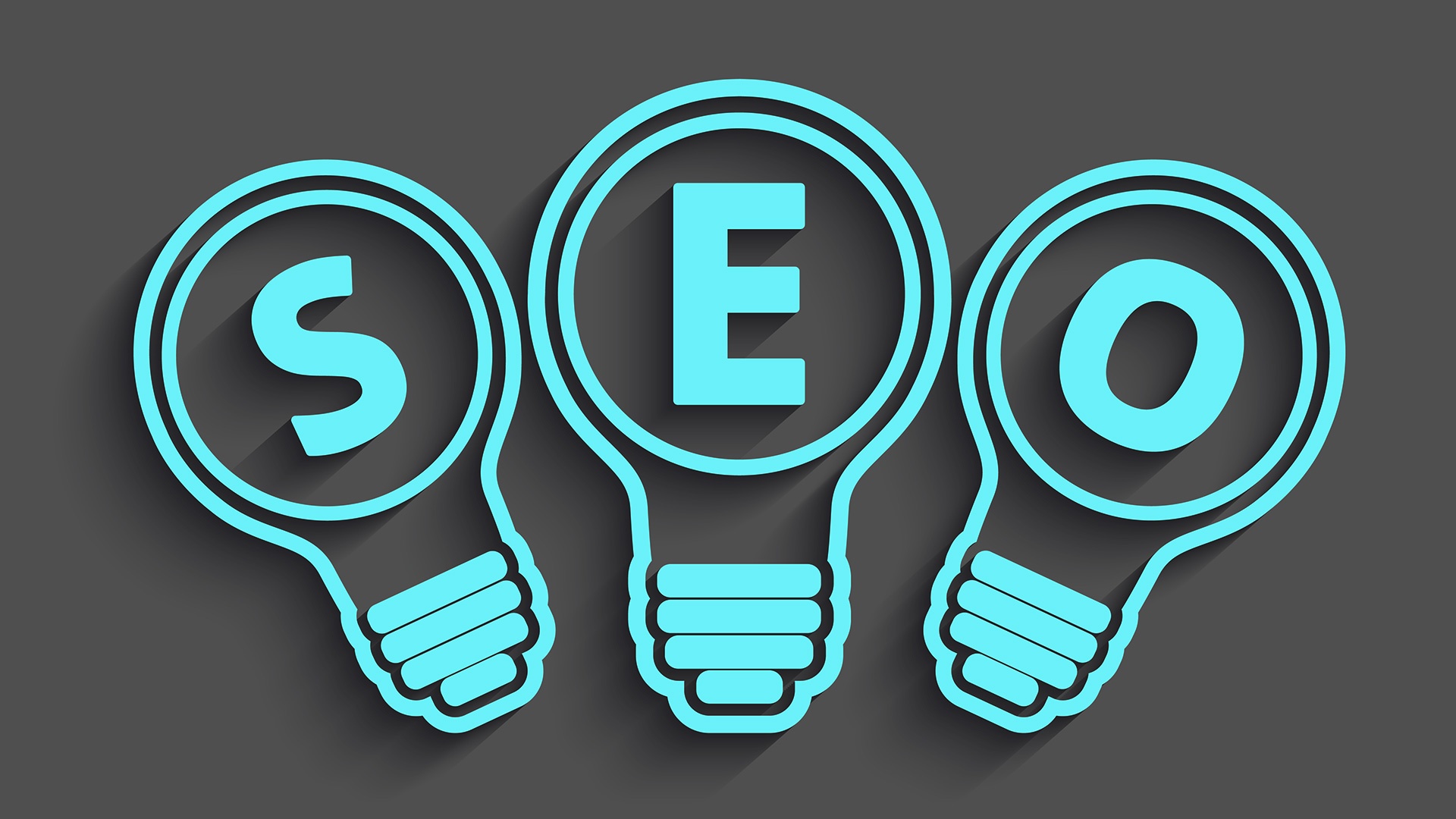How to Set Goals for Your Digital Marketing Strategy

As a business owner, you know all too well about the importance of setting goals for your company. In this article we'll take a look at two popular goal-setting techniques, and how they apply to a digital strategy.
The techniques we cover might be familiar to you. They both come as catchy acronyms: SMART and OKR.
The First Technique: SMART Goal Setting
SMART stands for goals that should be Specific, Measurable, Attainable, Realistic, and Time-bound.
Recently, SMART goal setting has been under fire, summed up by Management Consultant Dick Grote: "Where SMART is useful for making sure the goal is phrased properly, it can become an obstacle to the goal setting success, as it provides no help in determining whether the goal itself is a good idea."
In 2002, two well-known academic researchers on goal setting, professors Edwin A. Locke and Gary P. Latham, wrote an article in American Psychologist summarizing their 35 years of research. They found that:
- Setting specific, difficult goals consistently leads to higher performance than just urging people to do their best.
- High goals generate greater effort than low goals, and the highest or most difficult goals produce the greatest levels of effort and performance.
- Making a public commitment to a goal enhances personal commitment.
So you'll see the problem with the 'Realistic' and 'Attainable' components of SMART. The technique encourages you to set low goals instead of high and difficult goals, leading to a decrease in effort. Not what you necessarily want, right?
We found that stretch goals can help. A stretch goal is an additional goal you set for your campaign in case you exceed your initial goal. Stretch goals inspire us all to think big and remind us to focus on the big picture beyond immediate targets.
Because digital marketing gives you detailed, accurate insights about how your campaign performs, you can use those in your goal setting.
Let's take a look at an example.
We start with three common, generic goals:
- Improve brand awareness
- Increase conversion rates
- Double website traffic
Let's transform them into SMART Goals:
- Increase Social Media shares by 20%, starting at 80/mo shares and going to 96/mo shares by March 2017 (a period of 2 months).
- Stretch goal: Try to go viral and increase Social Media shares by 100%, going to 160/mo shares in a period of 2 months.
- Grow the conversion rate of website visitors > subscribers by 1.2%, starting at a conversion rate of 3.8% and going to 5% conversion rate by March 2017 (a period of 2 months).
- Stretch goal: Growth the conversion rate of visitors > subscribers by 7%, starting at a conversion rate of 3.8% and going to 10.8% conversion rate in a period of 5 months.
- Increase website traffic by 2,000/mo visits, starting at 2,000/mo visits and going to 4,000/mo visits by August 2017 (a period of 3 months).
- Stretch goal: Increase website traffic by 4,000/mo visits, going to 6,000/mo visits by September 2017 (a period of 4 months).
The stretch goals may not seem realistic or attainable. That's ok, as the main purpose is to allow yourself to think big and uplift the human spirit.
A breakdown of the last SMART goal:
- Specific - Real numbers (2,000/mo visits) with a real deadline (August 2017).
- Measurable - It's easy to track this goal. All we need is Google Analytics to view our monthly visits.
- Attainable - This depends on your business and you should consider budget, team size, etc. The example goal certainly seems attainable.
- Realistic - Be honest with yourself and with your team. If it turns out to be too easy, the stretch goal jumps in.
- Time-bound - The goal has a specific deadline, August 2017.
The Second Technique: OKR Goal Setting
The second technique is called OKR (Objectives and Key Results). This technique is very useful when there's uncertainty and when your company is growing or changing very fast.
The framework is used by many companies in Silicon Valley. Originally created by Intel, it was made popular by venture capitalist John Doerr, who introduced it to Google, which adopted OKR in 1999. At that time Google only had 40 employees and less than one year in existence.
A good goal has to include both what you set out to achieve and how you're going to measure that achievement. Here's the best way to explain the structure of an OKR:
I will (Objective) as measured by (this set of Key Results).
OKRs consist of a list of objectives. Under each objective come 2-5 key measurable results. Each key result has a progress indicator or score of 0-100% (or 0 to 1.0) that shows the achievement. The goal will usually be set per quarter.

Example of an OKR Goal
A good objective should be qualitative, aspirational, and memorable (simple, short and easy to memorize).
Objective: Improve our SEO
The key results should be quantitative, success criteria, metrics (or milestones) and focused.
Key results:
- Get 10 new inbound links from relevant websites
- Improve our internal on-page optimization for 15 blog pages
- Improve our website loading speed by min. 2 seconds
You can just as well apply stretch goals to OKR goal setting. It doesn't matter which of these techniques is better. You could use both in your digital marketing strategy.
Final Tips on setting marketing goals
Whatever technique you decide to go with, keep in mind the following tips:
- When defining your digital marketing goals, you should think about how they will align with your overall business objectives and your key performance indicators.
- Your goals need to look at the whole customer journey - how a customer will become aware of your brand, why they want to visit your website and, finally, how easily they will be able to make a purchase or register once they're on your site. This can be summarized simply as awareness, acquisition and conversion.
This article is part of the Growth Blueprint Blog Series. The Growth Blueprint provides companies with a comprehensive strategy to increase leads and grow their business online.
Setting realistic goals is a key part of the foundation for a successful website. Do you want to know if the Growth Blueprint can help your business grow online? Contact us for more information.


